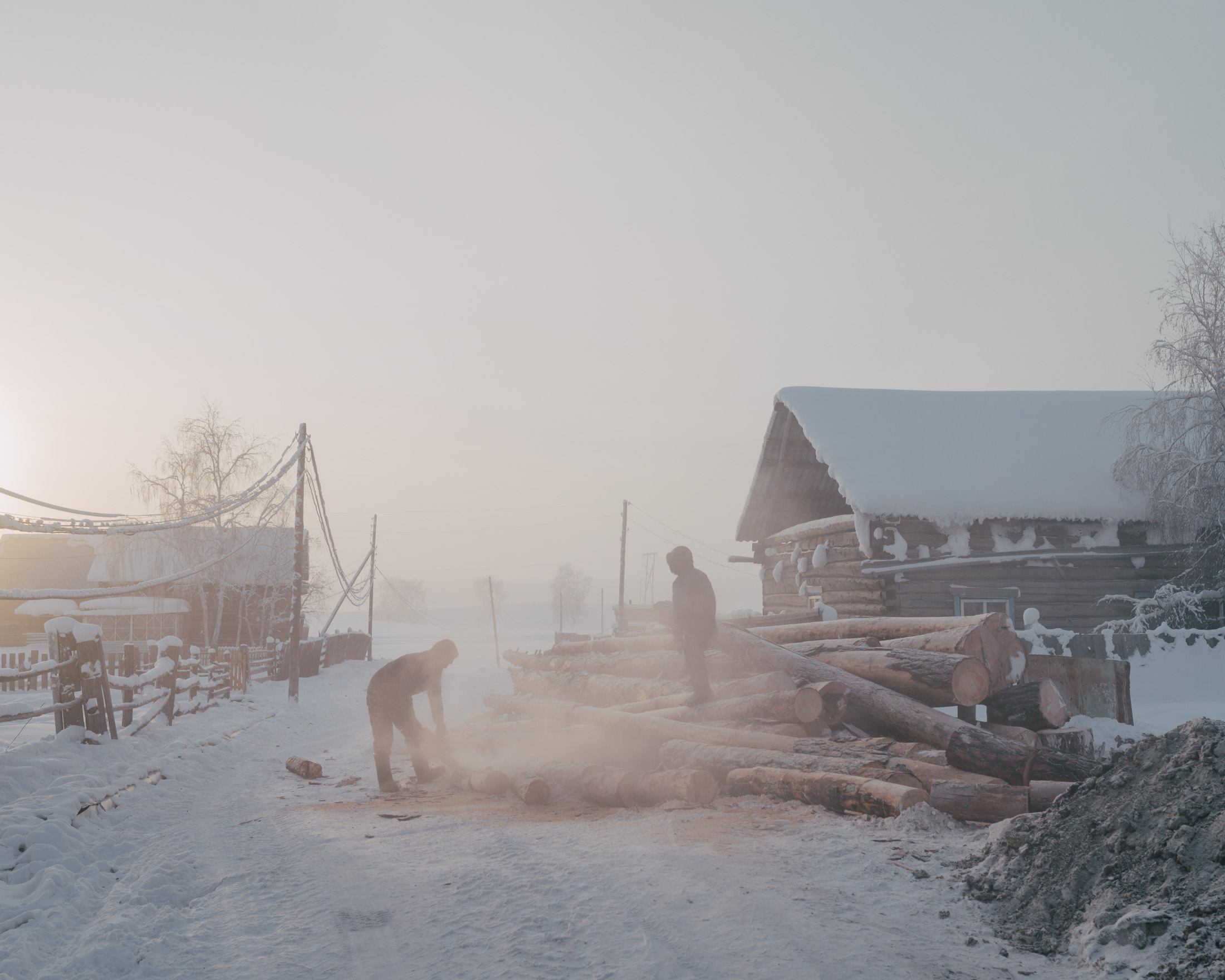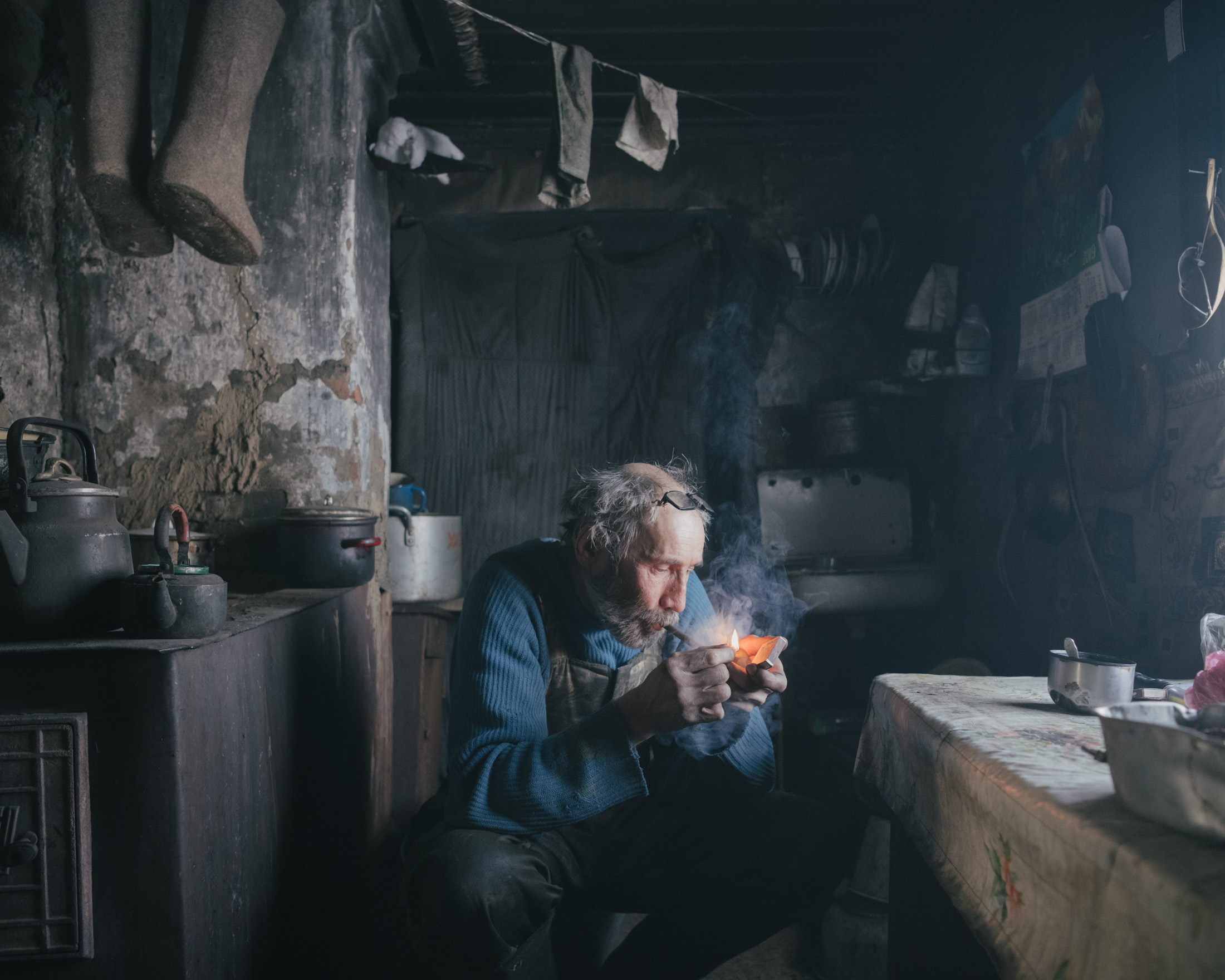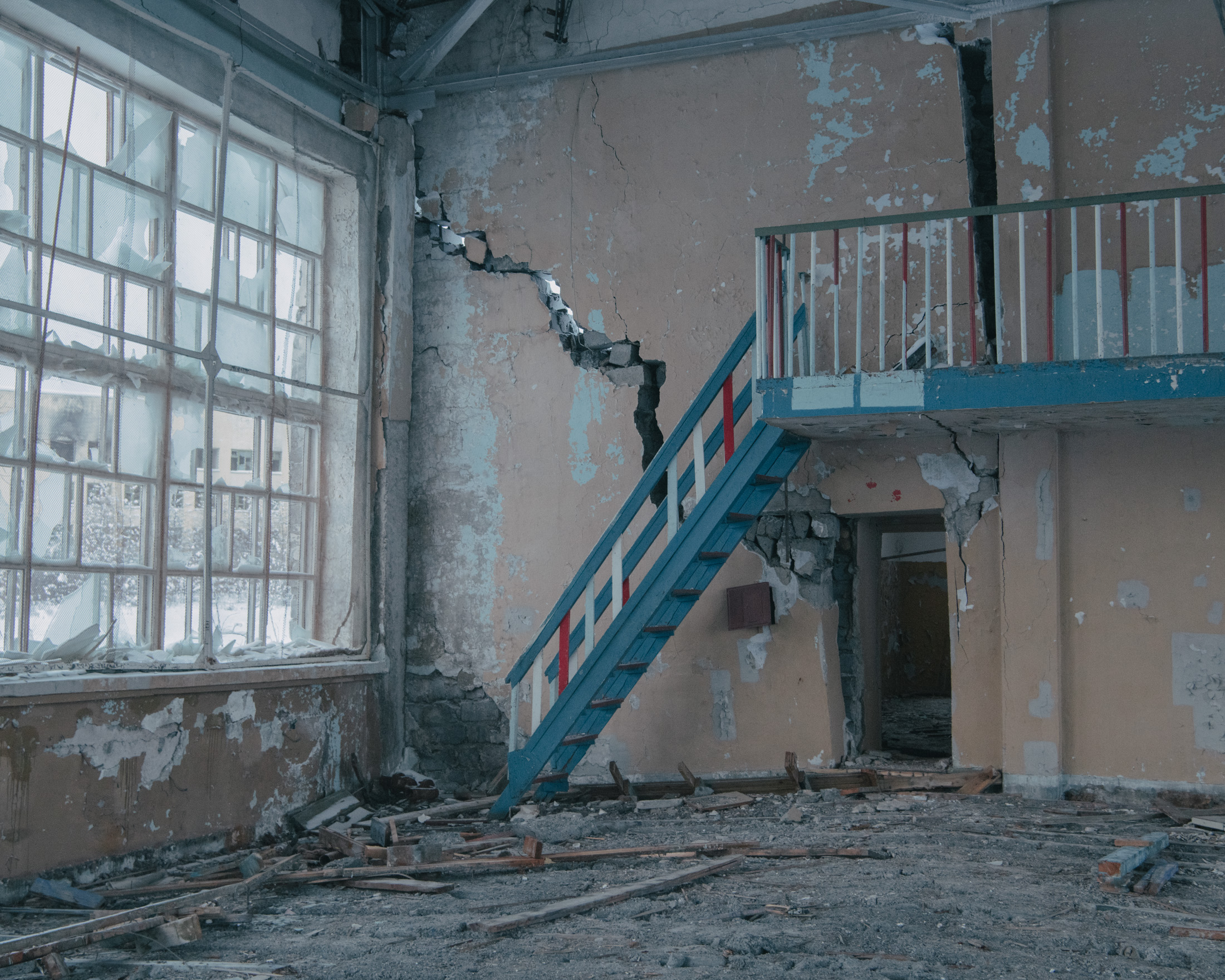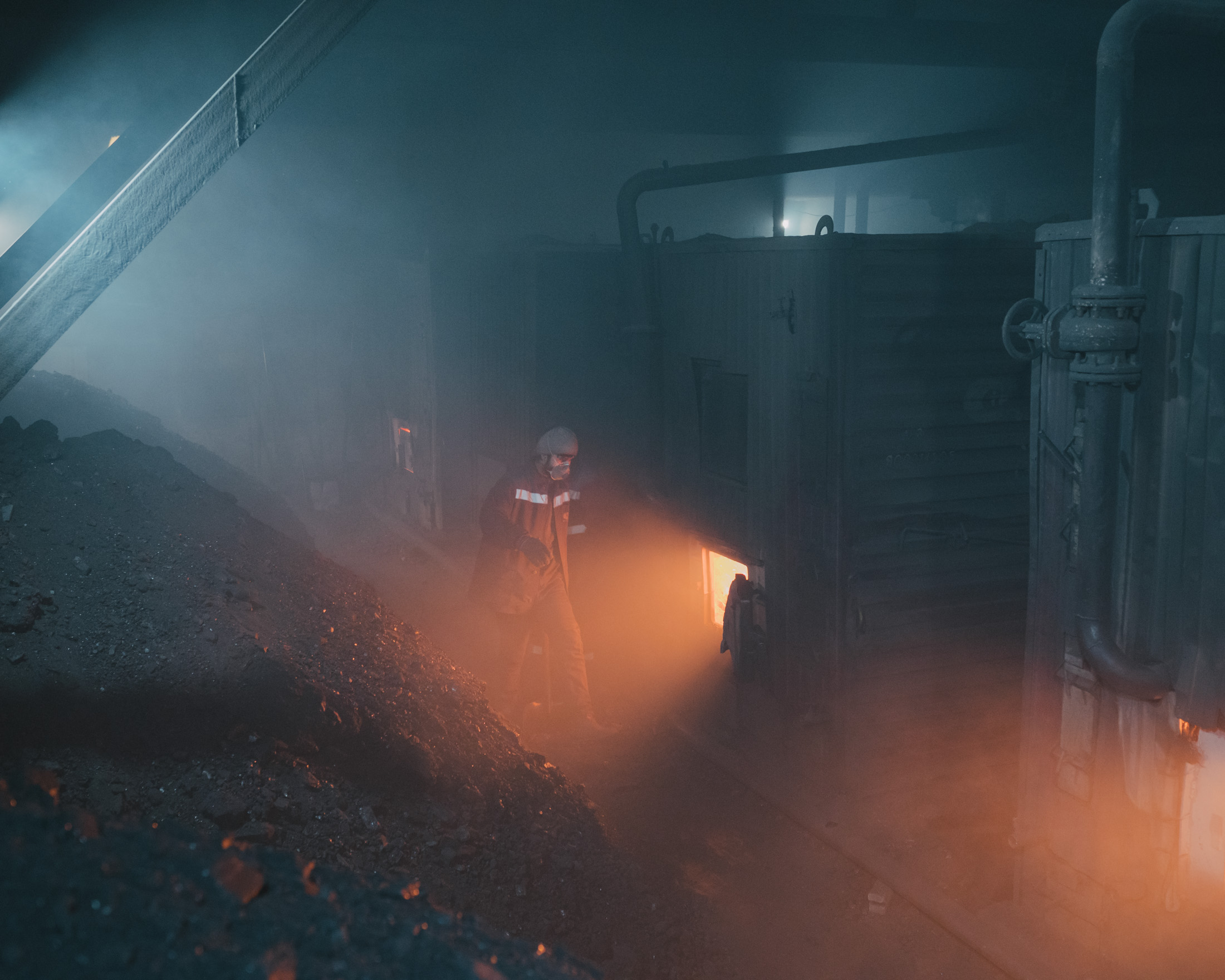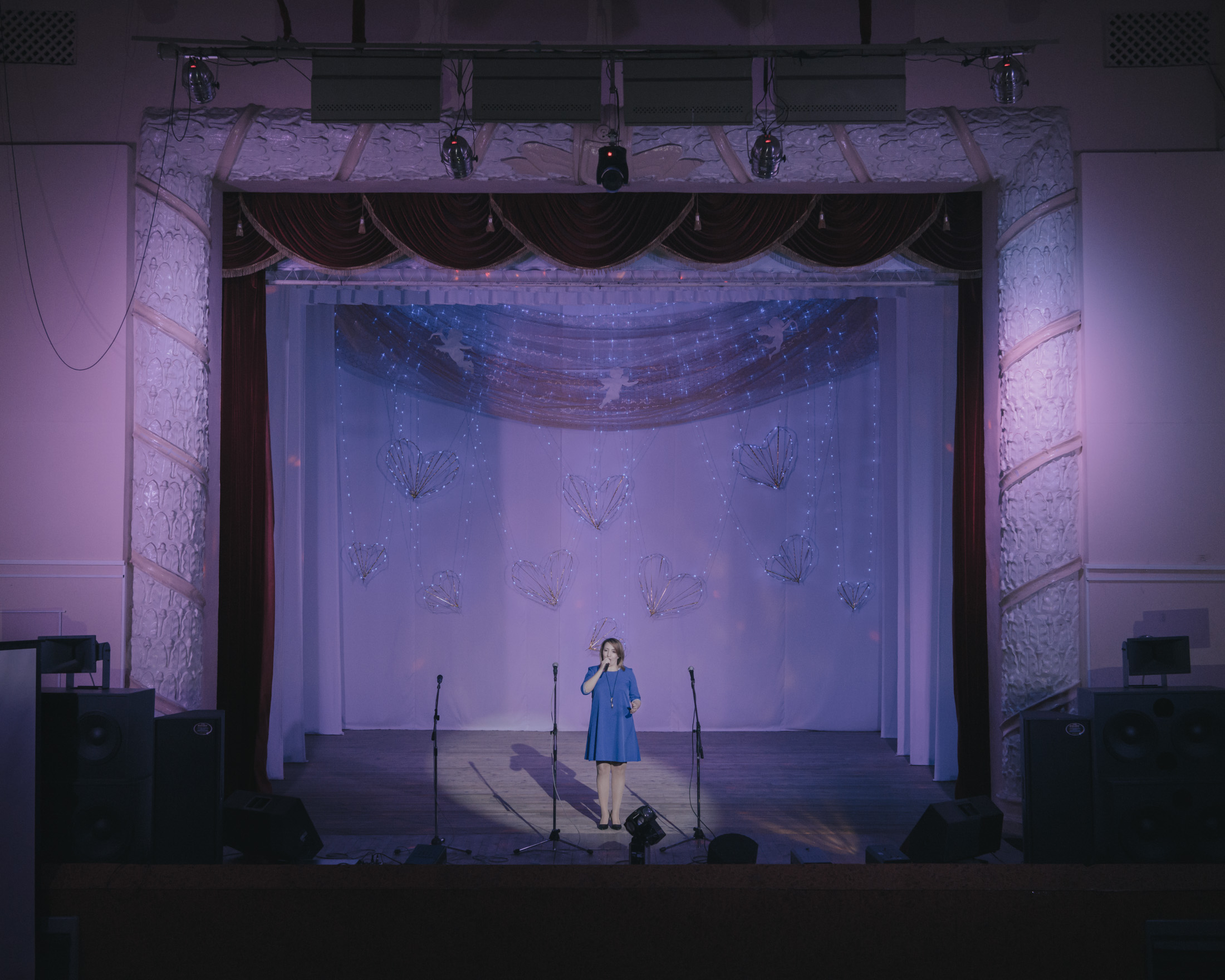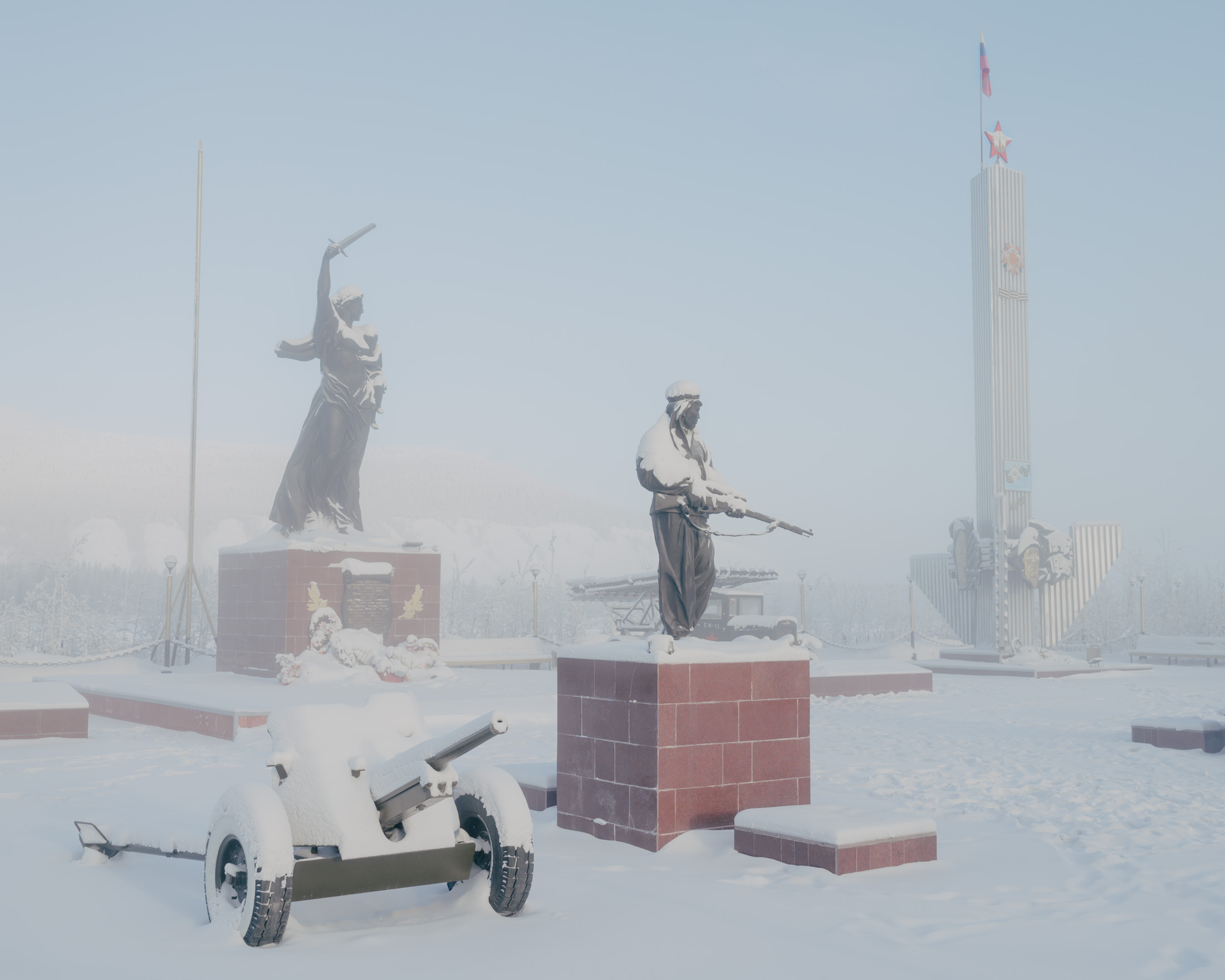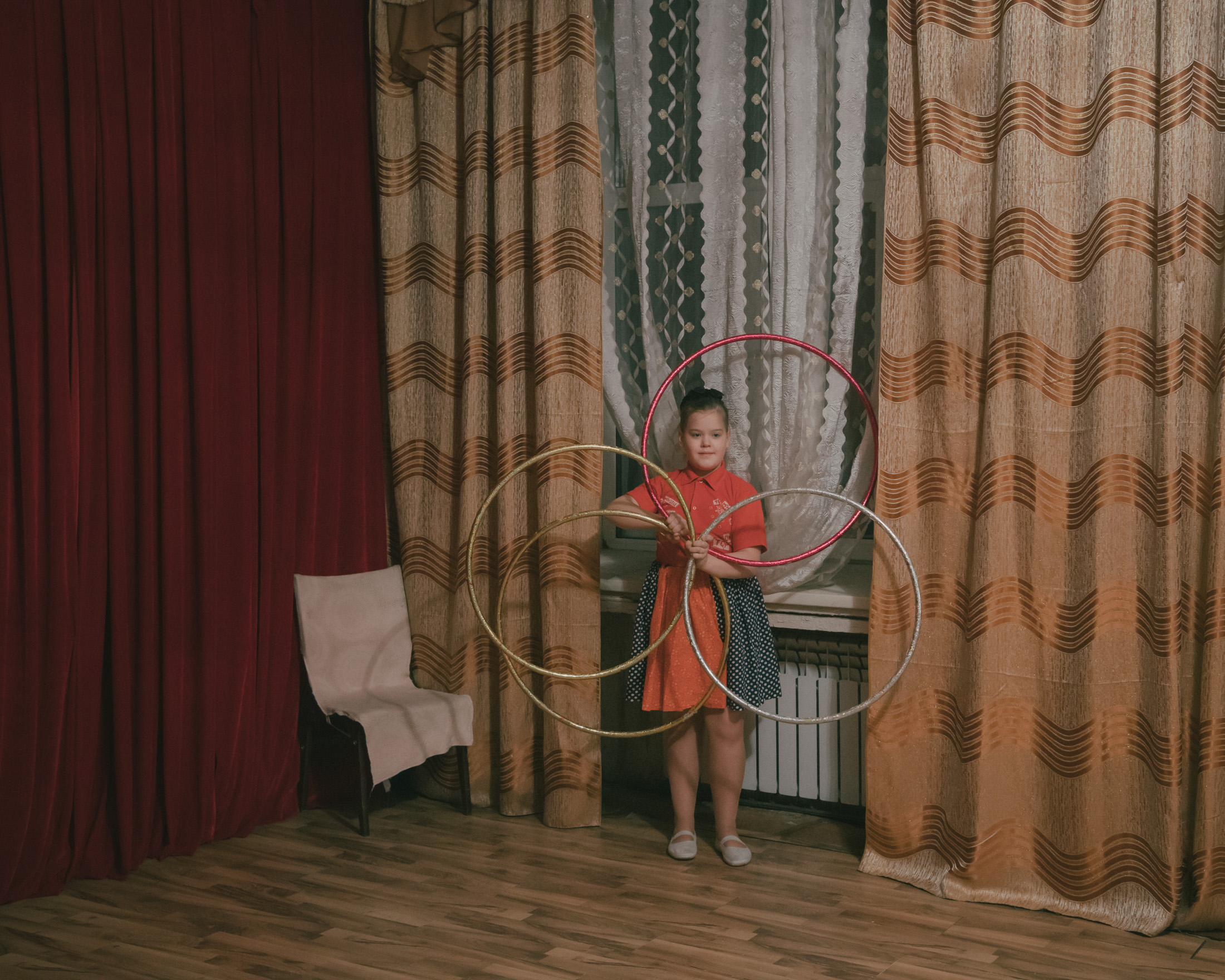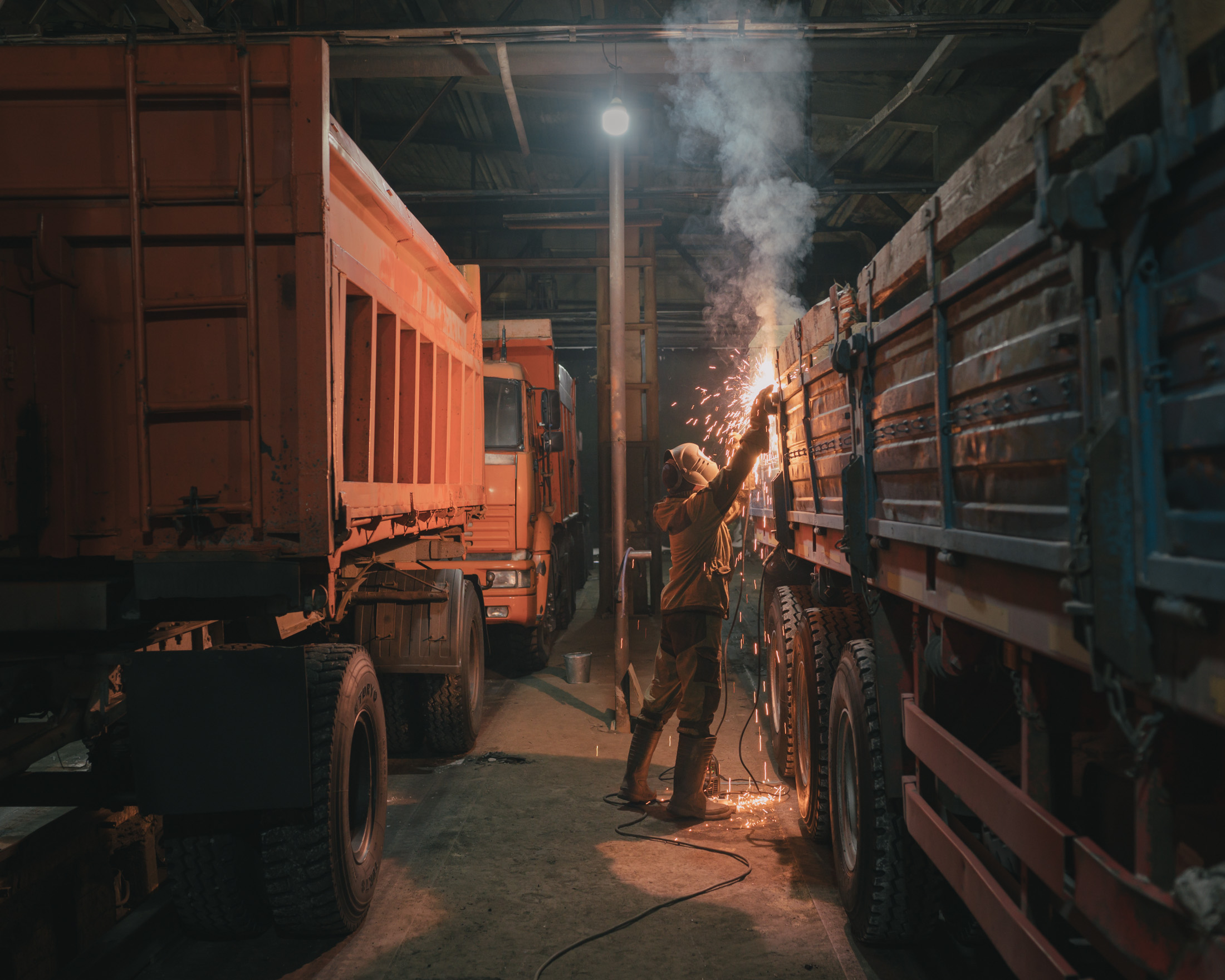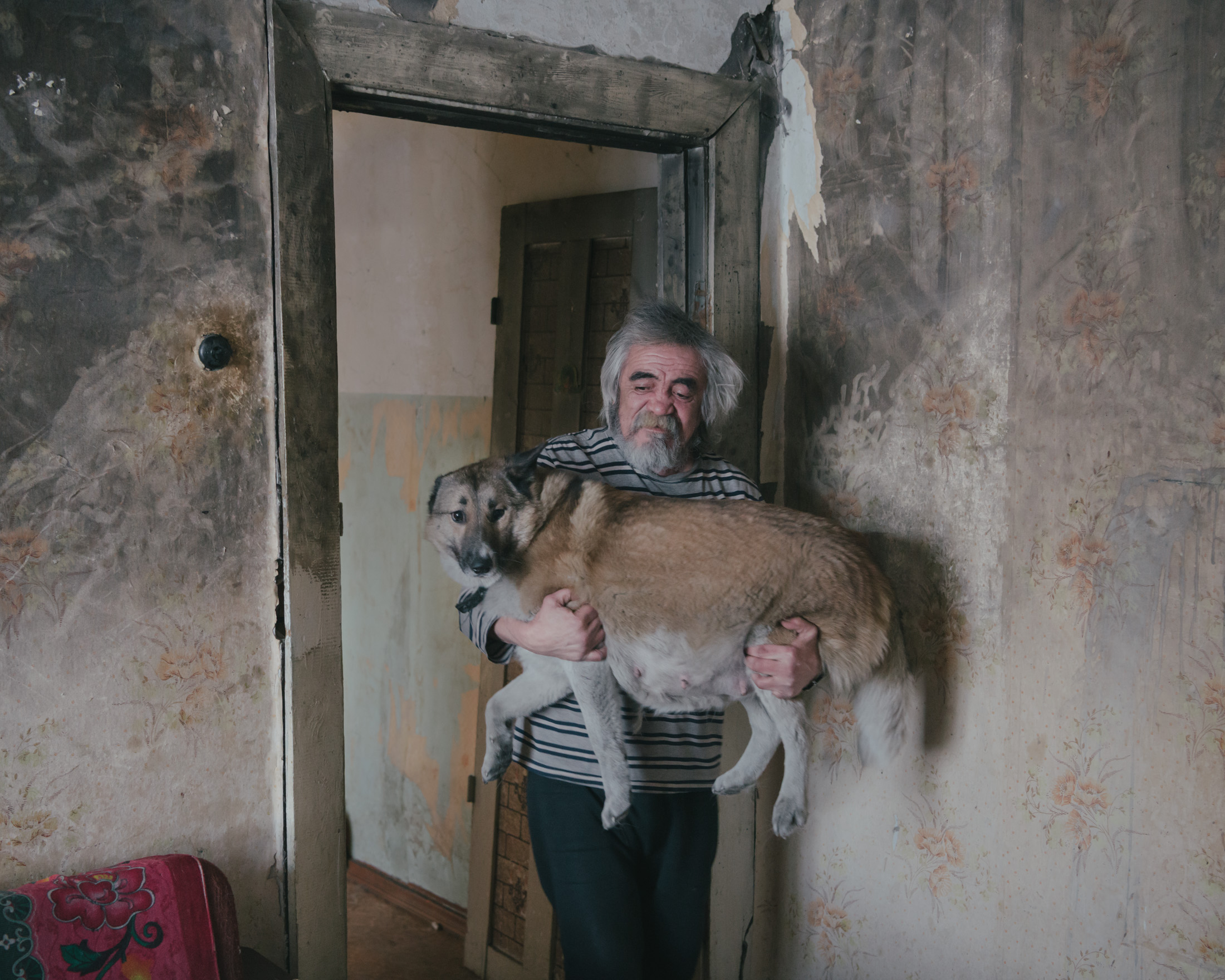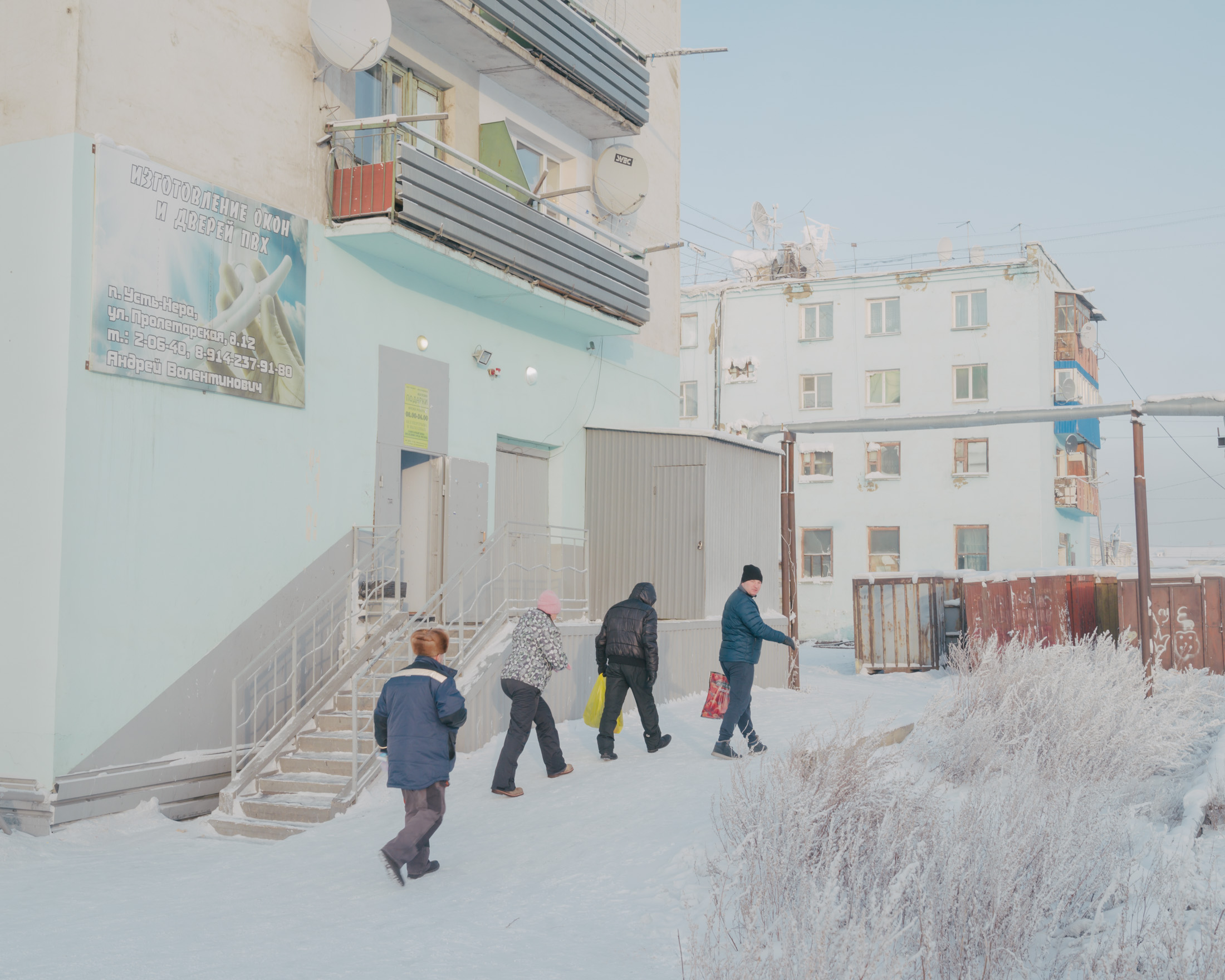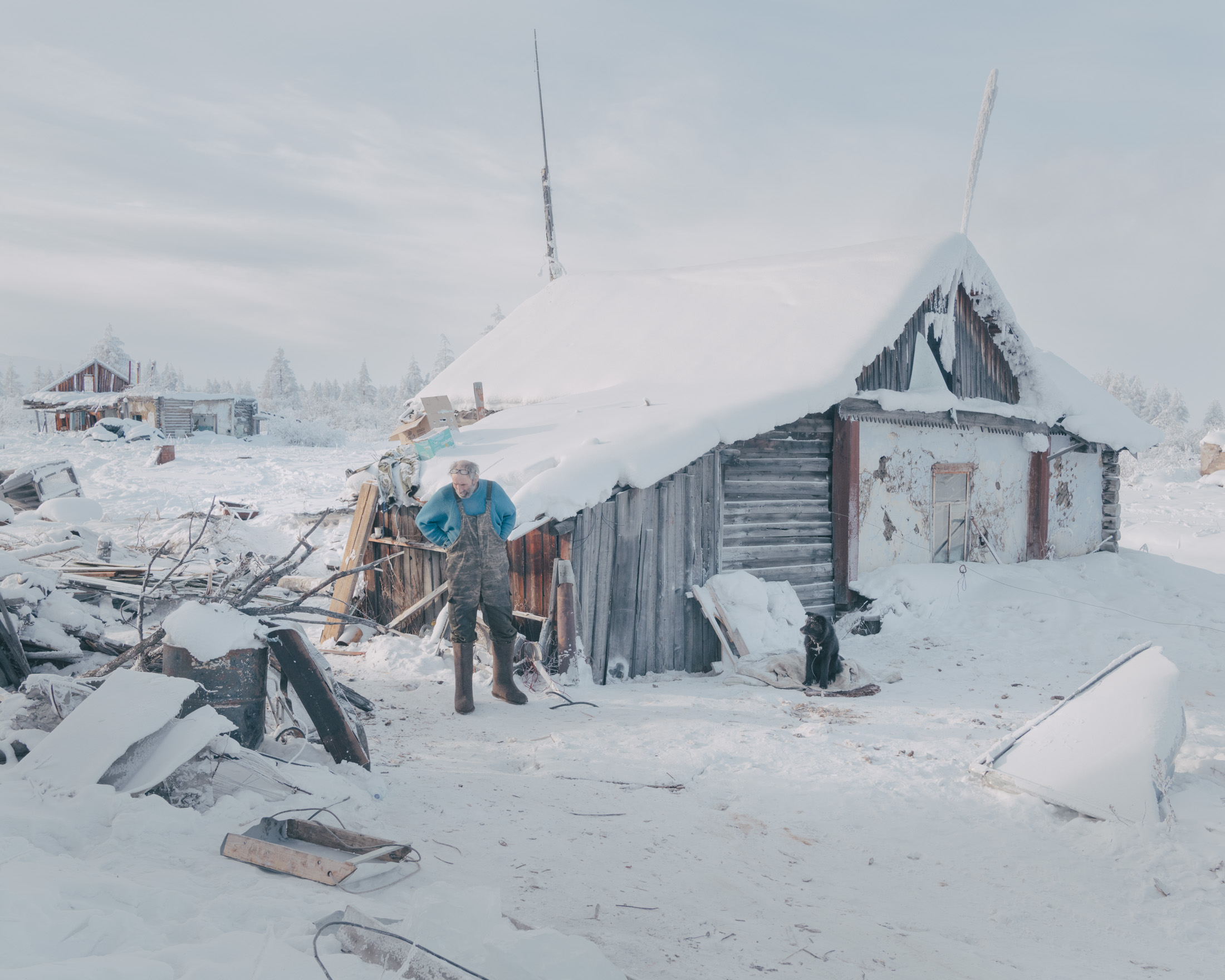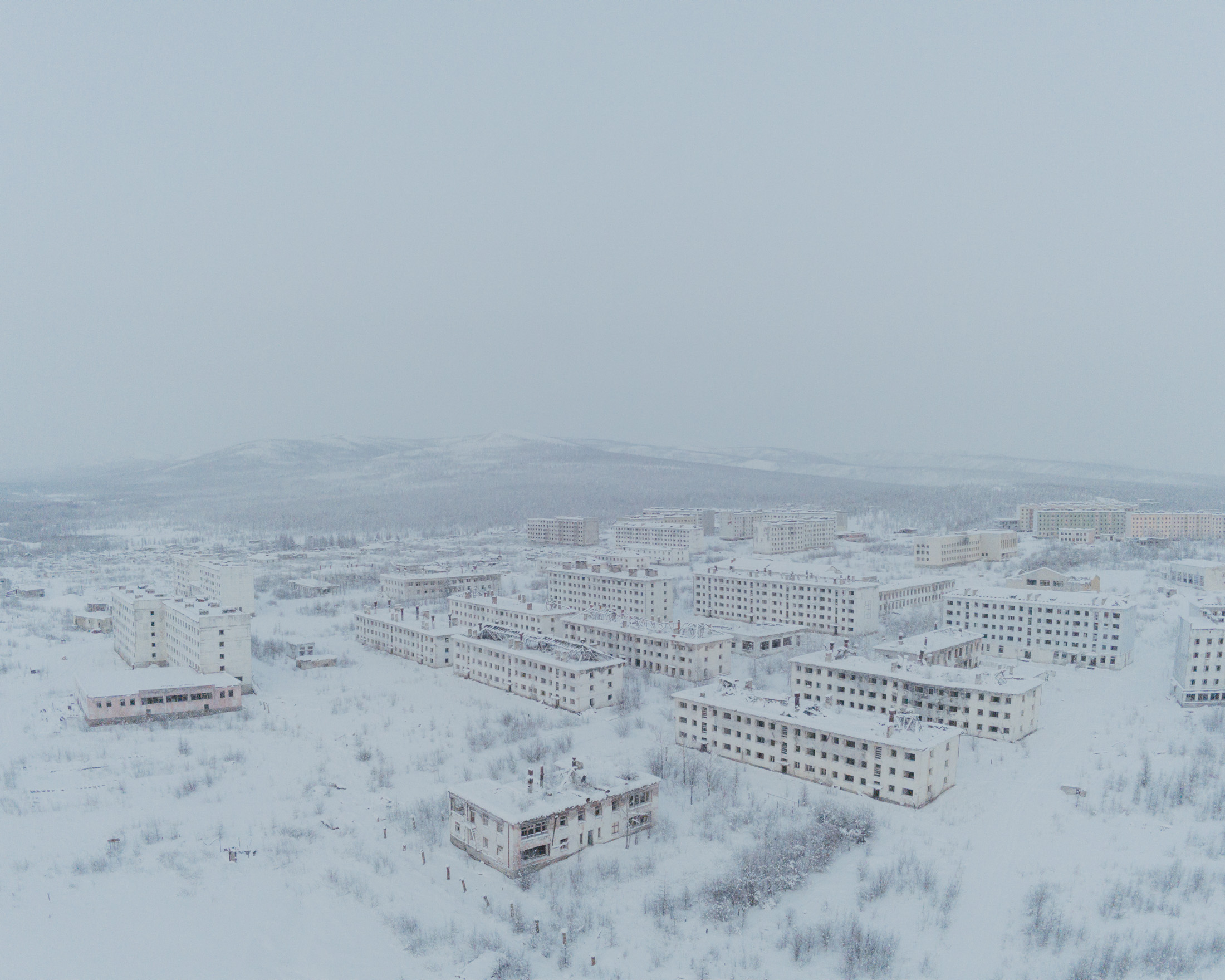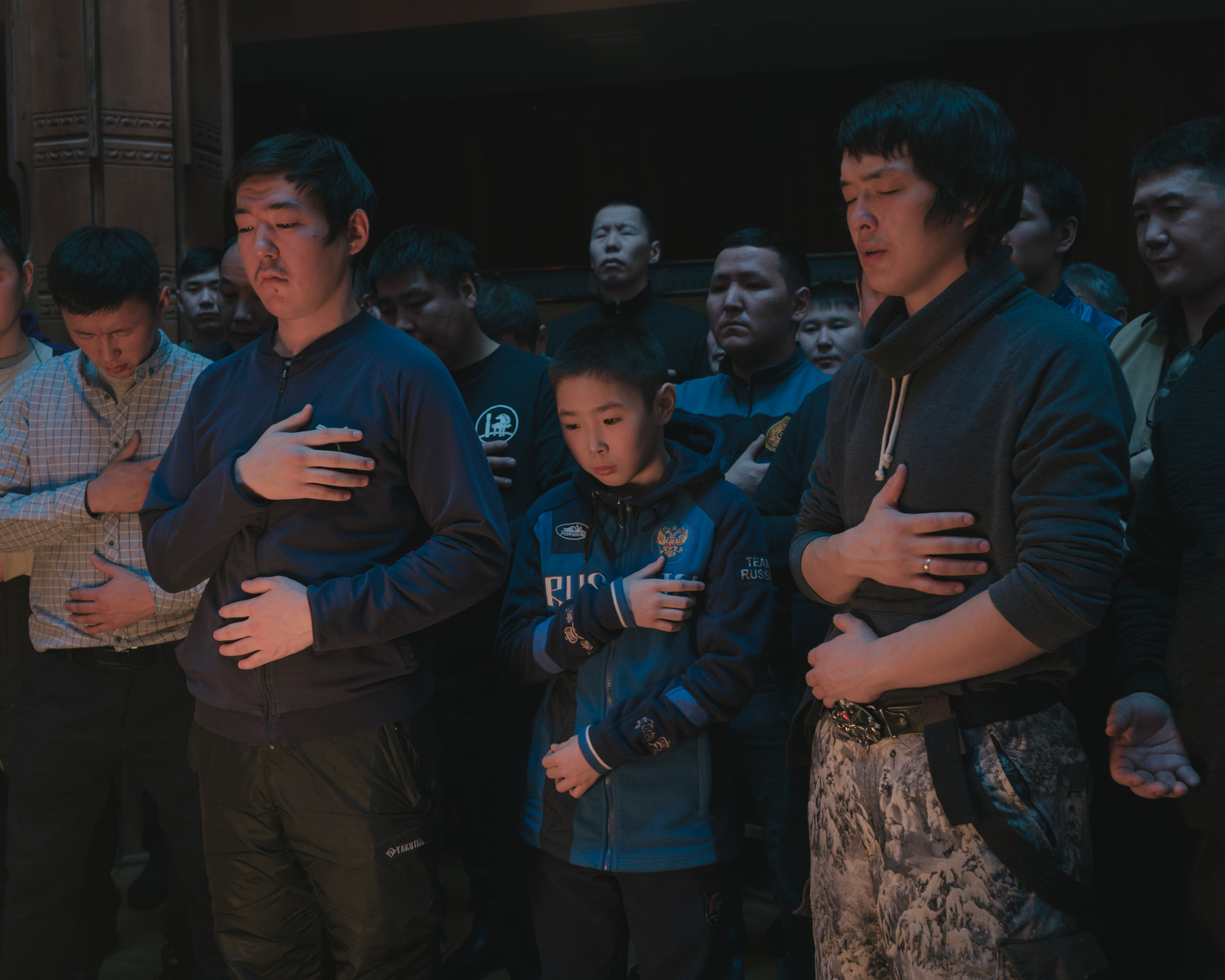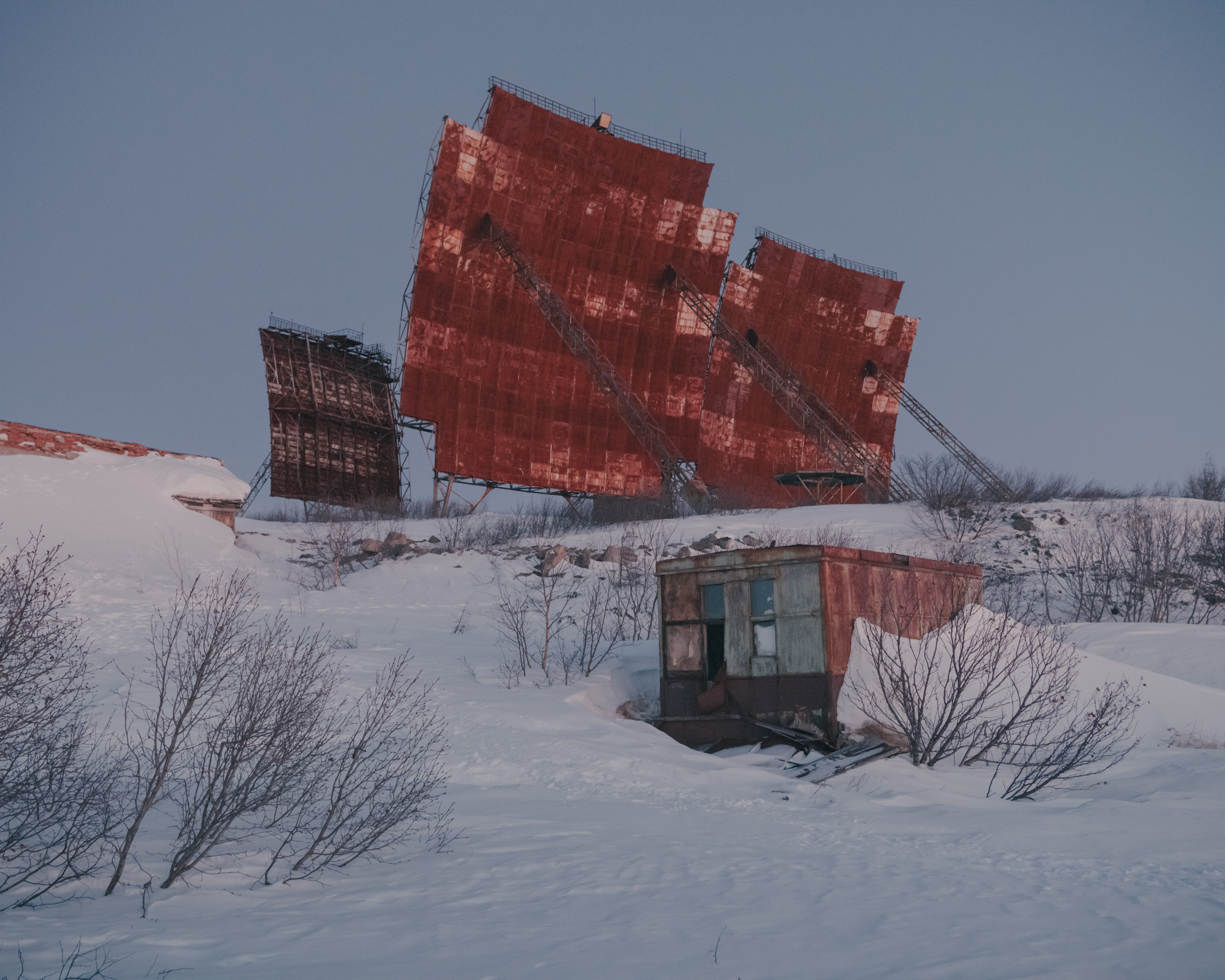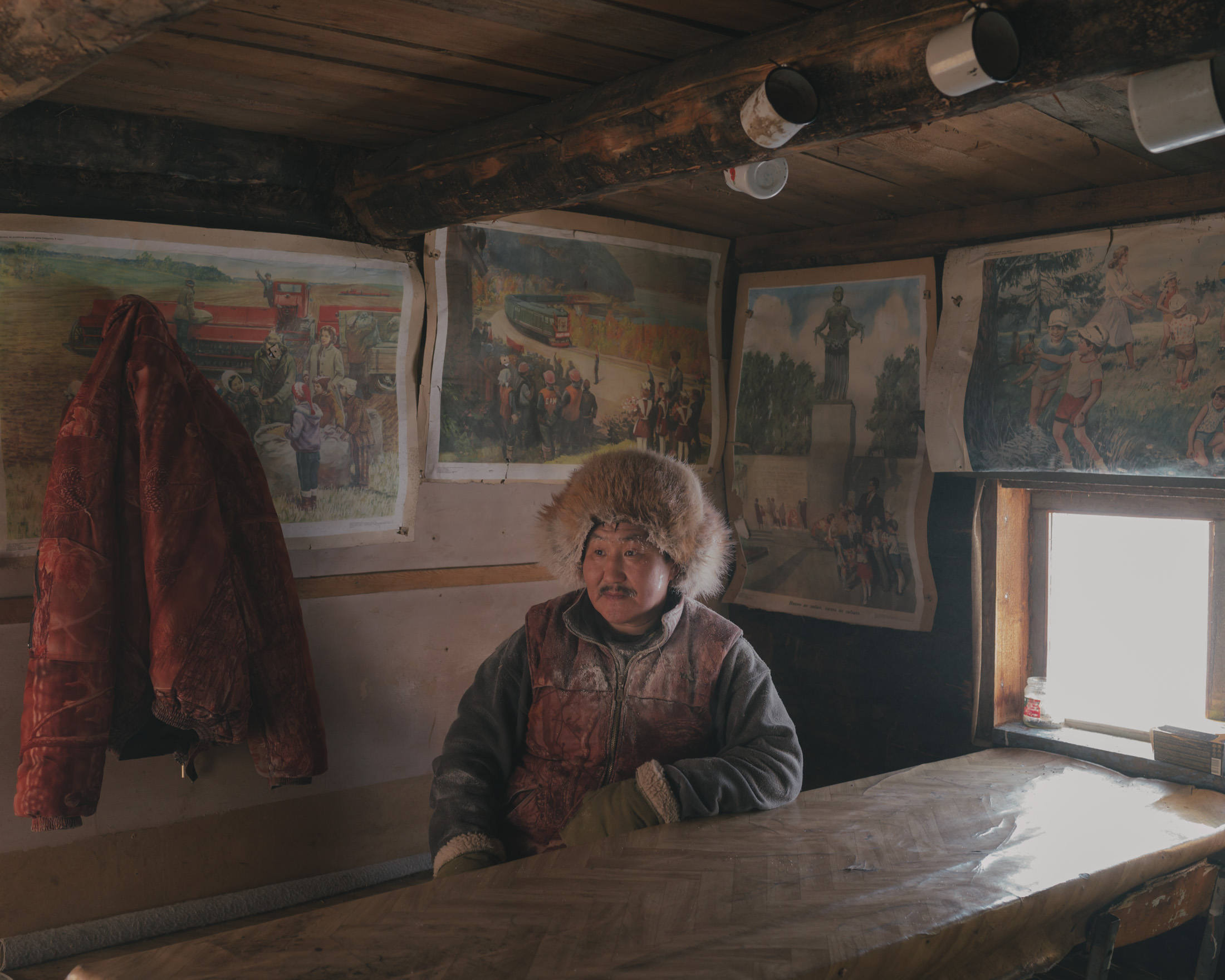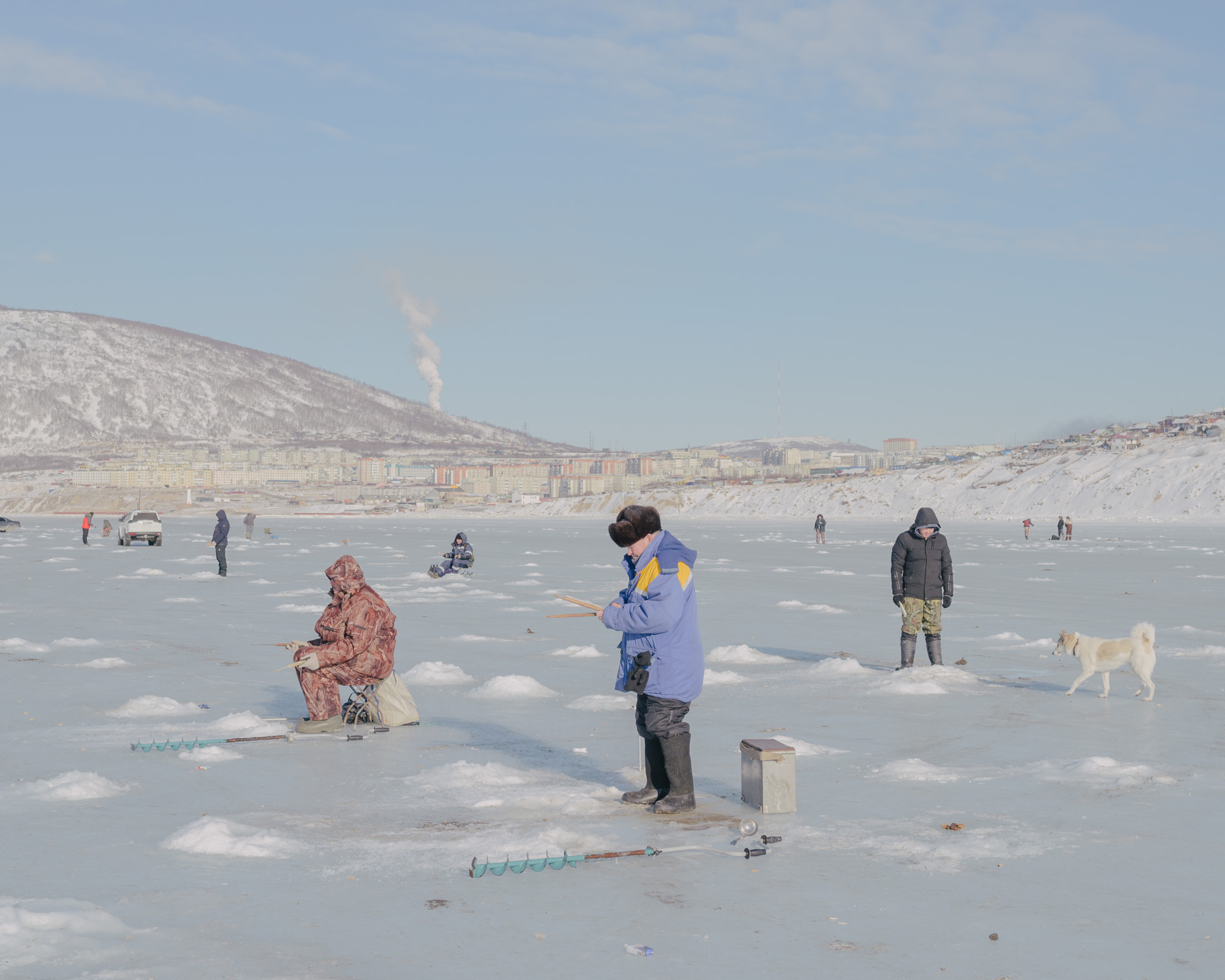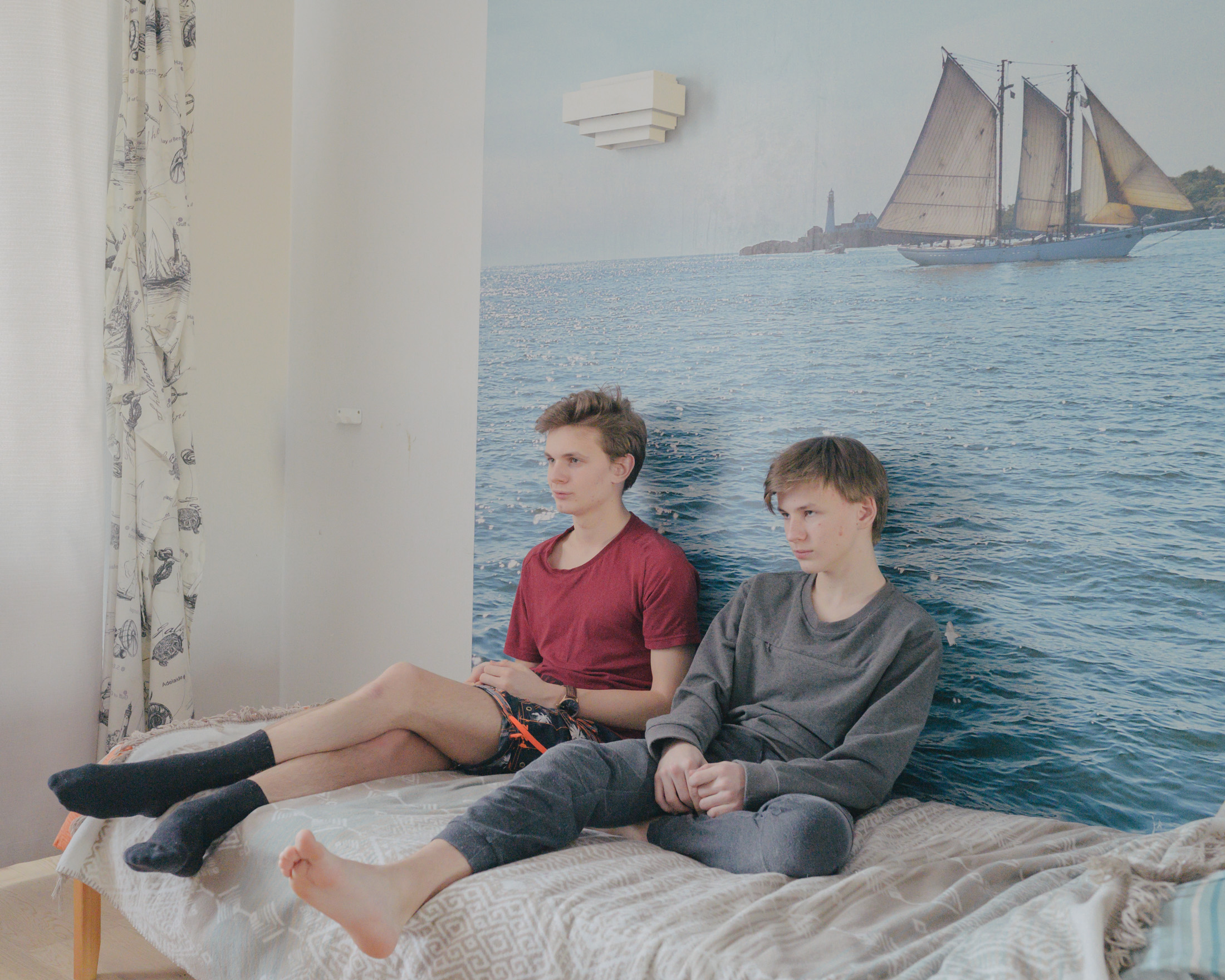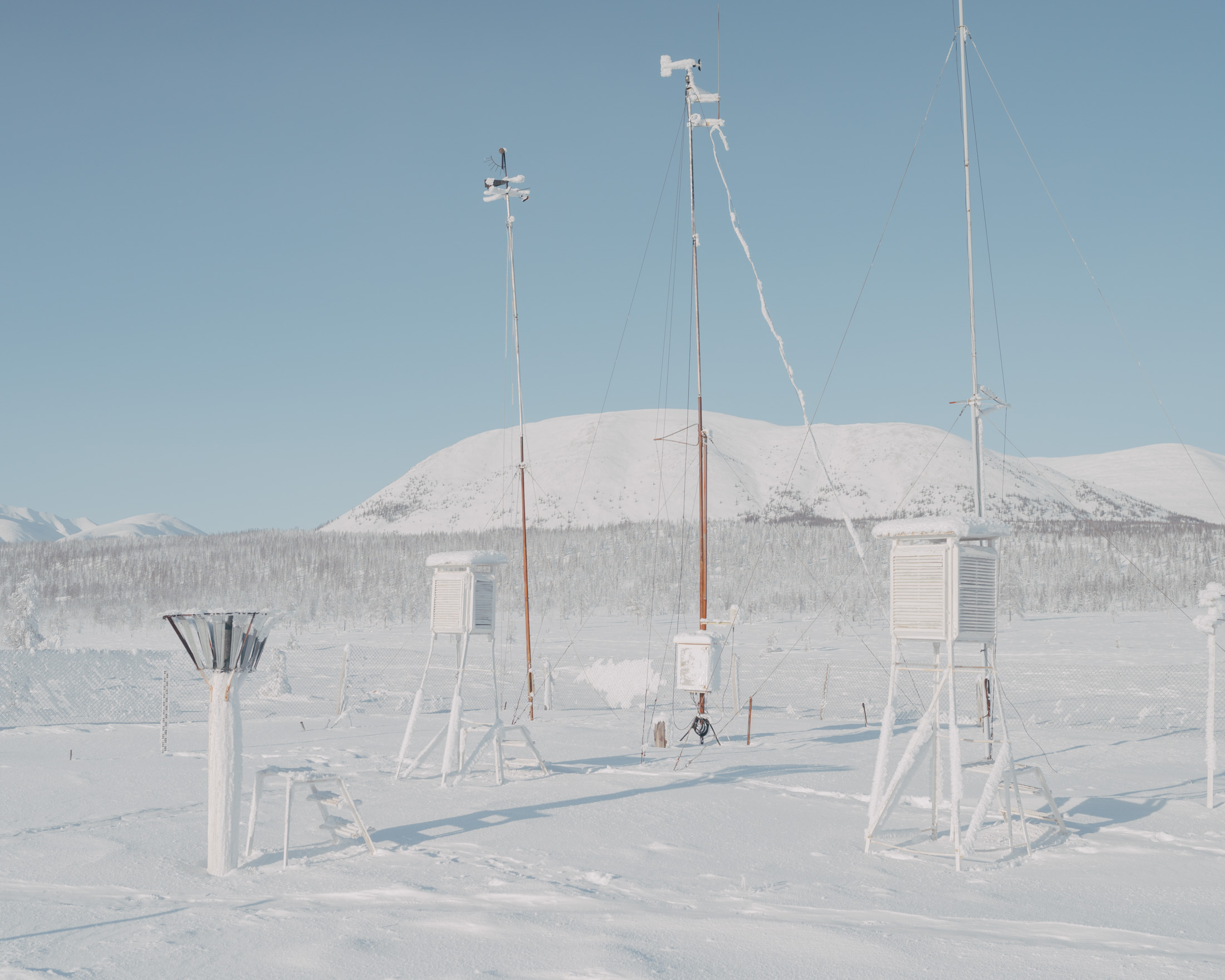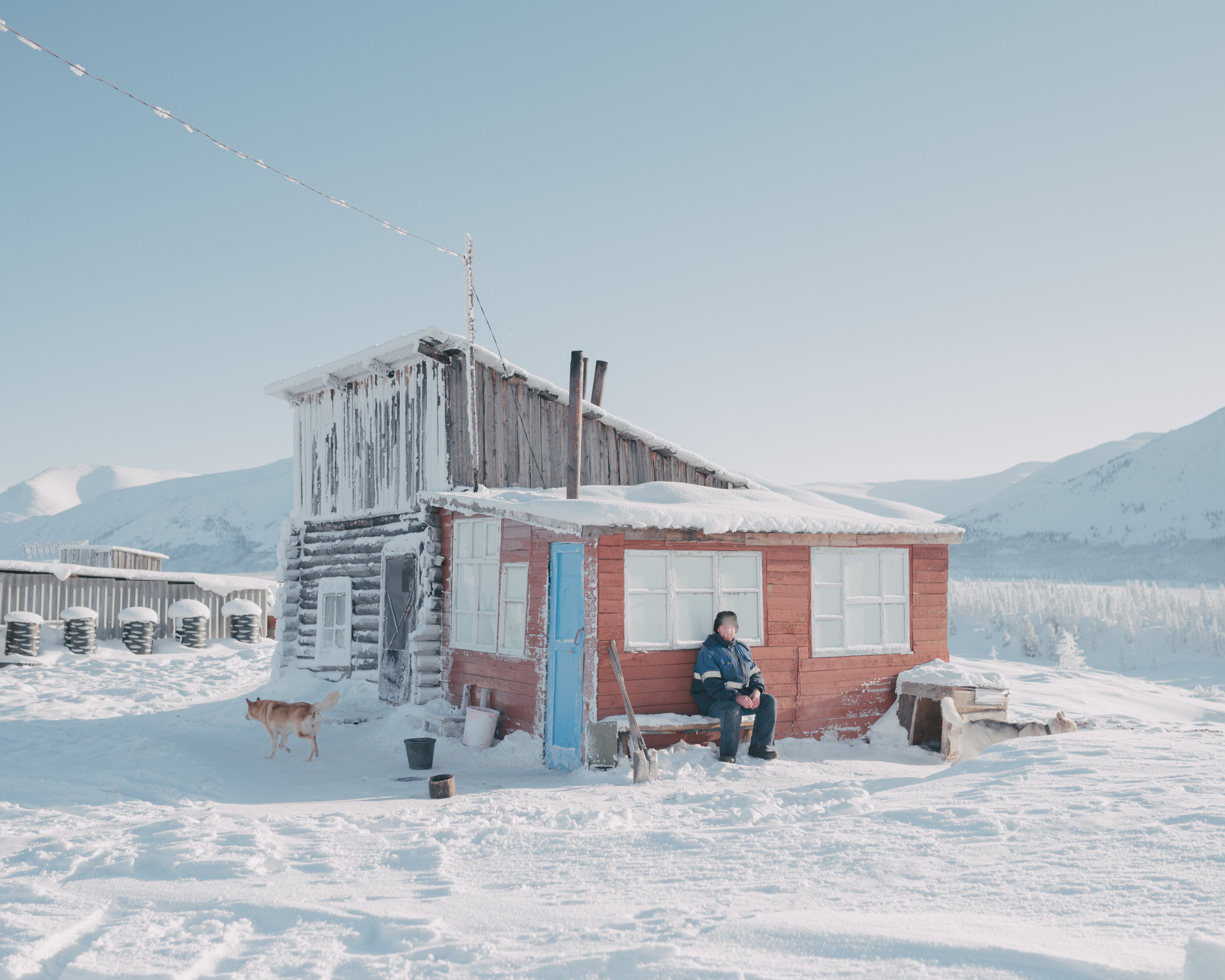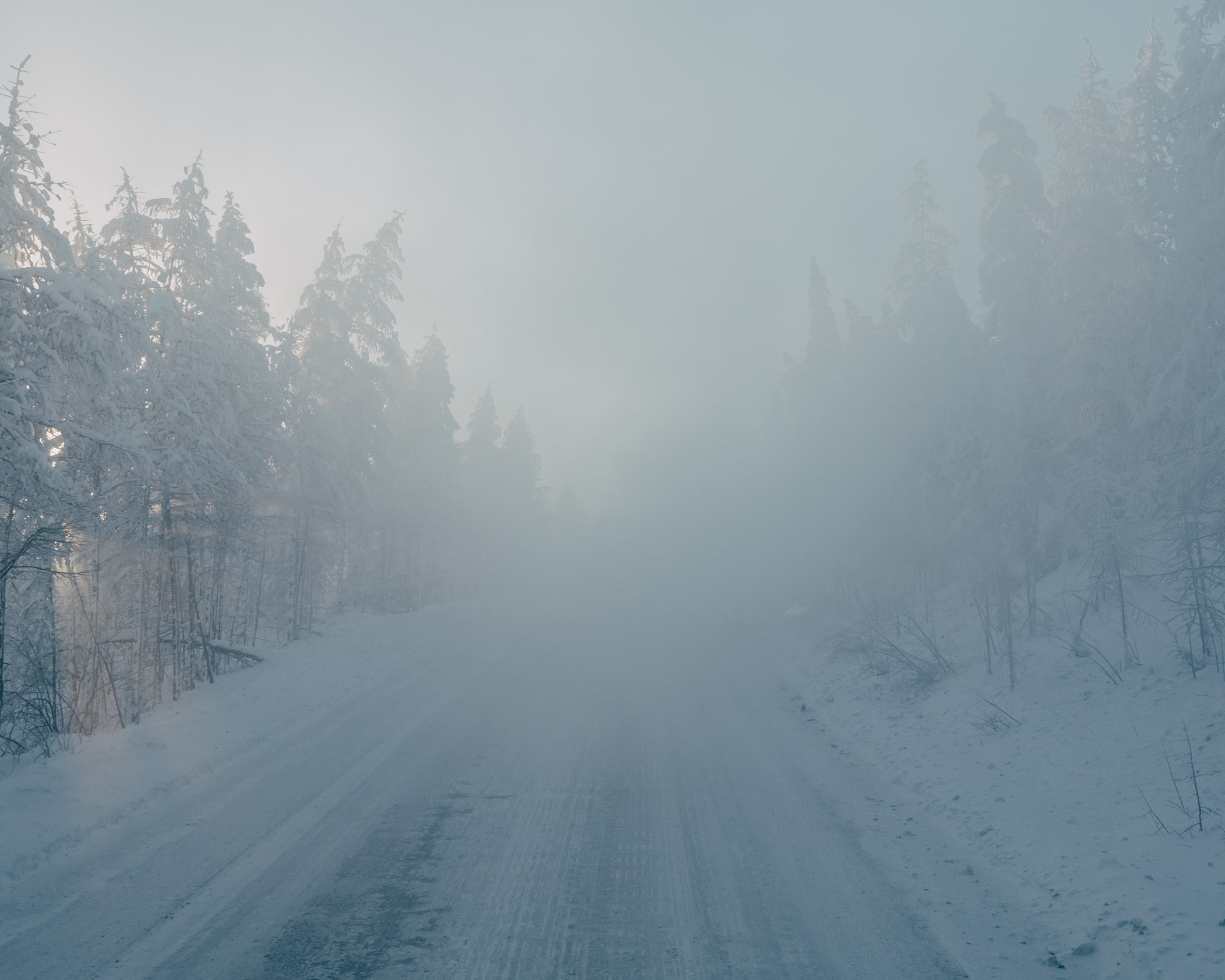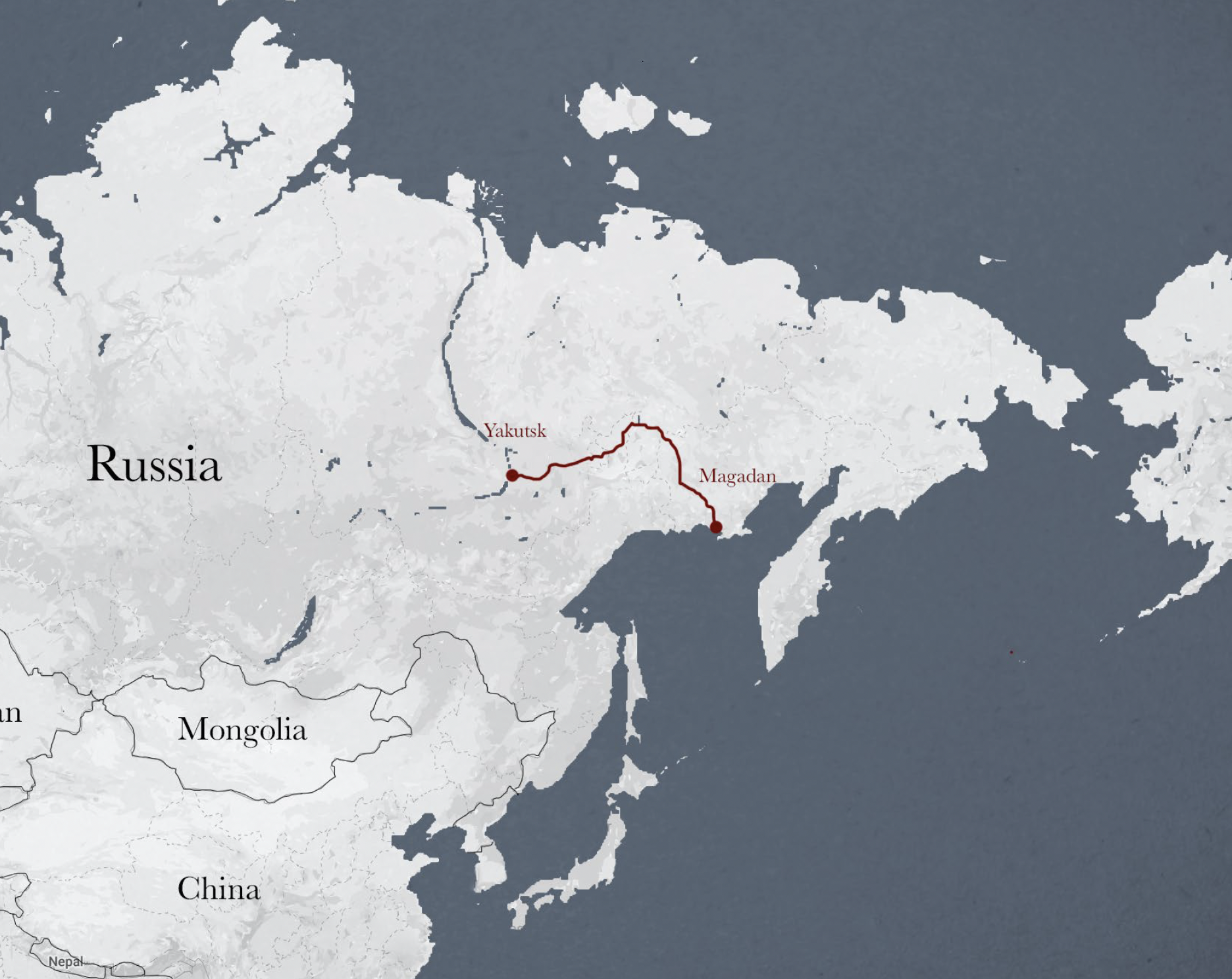Road of Kolyma (2020)
“If bones could freeze, then the brain could also be dulled and the soul could freeze over. And the soul shuddered and froze - perhaps to remain frozen forever.“
- Varlam Shalamov, Kolyma Tales -
From 1932 to 1953, millions of prisoners were deported to remote labor camps in the course of the Stalinist repression. Political opponents, criminals and innocent people became inmates of the Siberian seclusion. Due to the extreme conditions there was no escape, in the 80 Gulag camps of the Kolyma region the prisoners found death at work. They also built the “Kolyma Highway“, one of the largest construction projects of the labour camps. The highway runs 2031 kilometres through Russia‘s Far East. It was supposed to connect the region to the outside world, preparing the way for gold and silver mining, on which the socialist state was urgently dependent. Tens of thousands died at work. The bones of those who froze to death became part of the road foundation. The highway was given its second name. Road of Bones.
The highway is one of the most dangerous in the world. Over large parts of the “Kolyma Highway“ there is no mobile phone reception, the nearest hospital is often hundreds of kilometres away. Gold mines and abandoned towns, built by prisoners of the gulags, still tell stories of the region. But the traces of the Stalinist era are disappearing. Many inhabitants of the region did not experience the horror, were born into the harsh everyday life along the road of Kolyma.
For “Road of Kolyma“ we travelled for one month in winter on the Kolyma Highway from Yakutsk to Magadan to tell about the everyday life, the living together and the dreams of the inhabitants. Our photo essay interweaves the history of the road with the living conditions of today‘s inhabitants and tells of life and survival in the inhospitable expanse of Russia‘s Far East.
This project was supported by VG Bildkunst.
![]()
